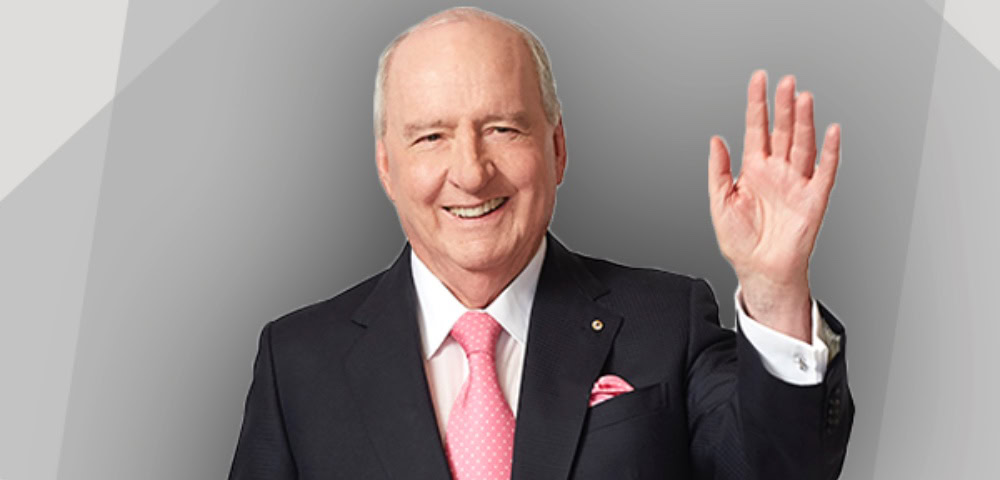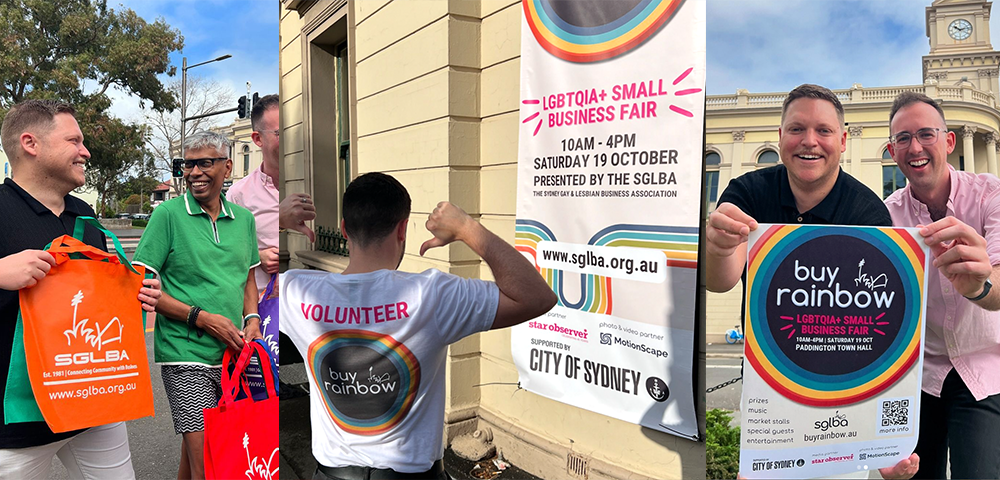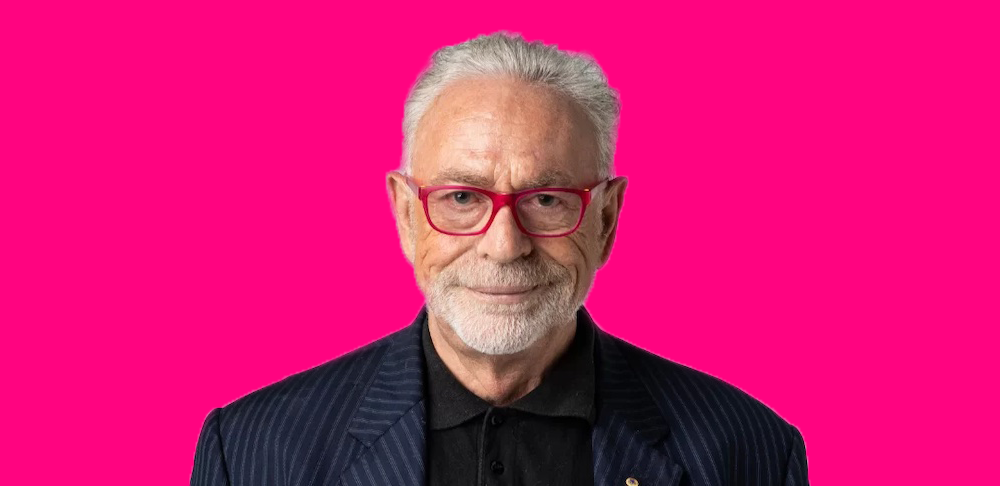
Serious Warning
The rise in NSW new HIV infections came in at 12.8 percent when official figures were released this week, considerably higher than health authorities’ previous estimates of between three and eight percent.
Doctors notified NSW Health of 386 new HIV infections in 2002, compared to 342 in 2001. Most of the increase -” the first one seen in NSW for eight years -” was among gay men living in the Sydney metropolitan area.
The figures come after recent reports of a 20 percent increase in new HIV infections in Queensland and the third increase in three years in Victorian infection rates.
Associate Professor Andrew Grulich from the National Centre in HIV Epidemiology and Clinical Research said while the results were concerning, they were not a surprise. Recent increases in sexually transmitted infections such as gonorrhoea and syphilis showed some gay men had been using more complex safe-sex strategies in recent years.
Dr Grulich said HIV/AIDS was much less visible now than in previous years, which had affected the decisions people made about safe sex.
ACON president Adrian Lovney called the increase a serious warning sign, and agreed the lack of visibility of HIV/AIDS had added to the safe-sex fatigue which may have led to some men abandoning condoms.
[But] I’ve got no doubt if we got back into those hellish years of 10 years ago, that condom use would rocket again. We have to trust gay men -” they’re making decisions based on the things that they see around them, Lovney said.
As HIV/AIDS has continued to recede from view from most of the community it does have an impact on people’s behaviour, and that’s not something we’re shying away from.
It’s good that after 20 years there’s been a brief pause in the relentlessness of the death and destruction that we saw in the late 80s and early 90s. That is, of course, one of the reasons why we’ve seen a decline in condom use.
NSW Health’s chief health officer Greg Stewart attributed the increase to a slippage in condom use, and an increase in risky behaviour by some gay men.
We know from the studies that are undertaken on our behalf that 80 percent of gay men consistently practise safe sex. We also know that, on the information we’ve got, sometimes safe sex is not practised. The reasons for that are myriad, Dr Stewart said.
It would be the case in relation to a longstanding epidemic that the motivating factors early in the piece, when there’s more disease, when it’s a newer disease, are likely to be harder to be used to motivate people later in an epidemic.
Dr Stewart said it was not clear whether the 2002 figures were a trend, or just a single year quirk.
In the last 15 years there has been considerable progress in reducing HIV infection in NSW, and we don’t want to see those gains eroded, he said.
We want to put the message across that there seems to be a little bit of slippage in the riskier practices and that it’s absolutely critical that we continue to give the safe-sex message.
NSW Health calls on gay men to recommit themselves to safe-sex practices to protect themselves and their partners from HIV, he said.
ACON were expecting a rise, Lovney said, following rises in similar cities around the world and in Australia.
It is clear that matched against the other increases in the other states and territories that there is something going on across the country. We shouldn’t be surprised to see that -” with regard to the international experience. The question for us is how we respond to it.
Lovney said ACON were not overly concerned about the increase.
We’re taking it seriously, but we’re still only talking about 380 infections in one year in a state like NSW -” where there’s a whole lot of sex going on, he said.
ACON will meet with NSW Health to discuss a response to the rise.
Tomorrow the organisation will launch its Get Tested For Free campaign aimed at Asian gay men. The campaign is in response to the results of the Asian Gay Community Periodic Survey, which found 25 percent of Asian gay men who responded to the survey had never been tested for HIV.
The survey also found 40 percent of respondents had not ever been tested for a sexually transmitted infection and were unlikely to tell their doctor that they were gay.









